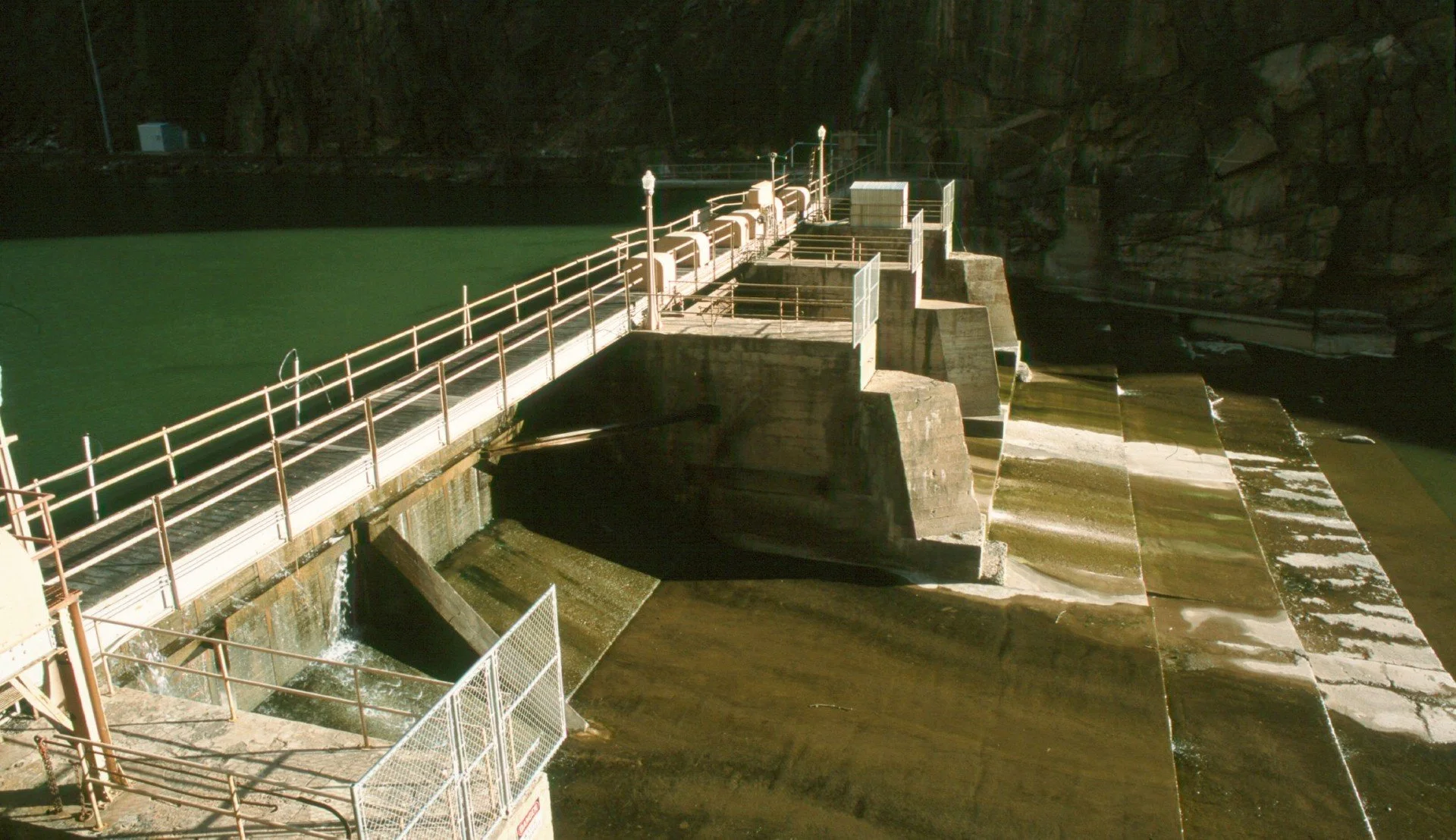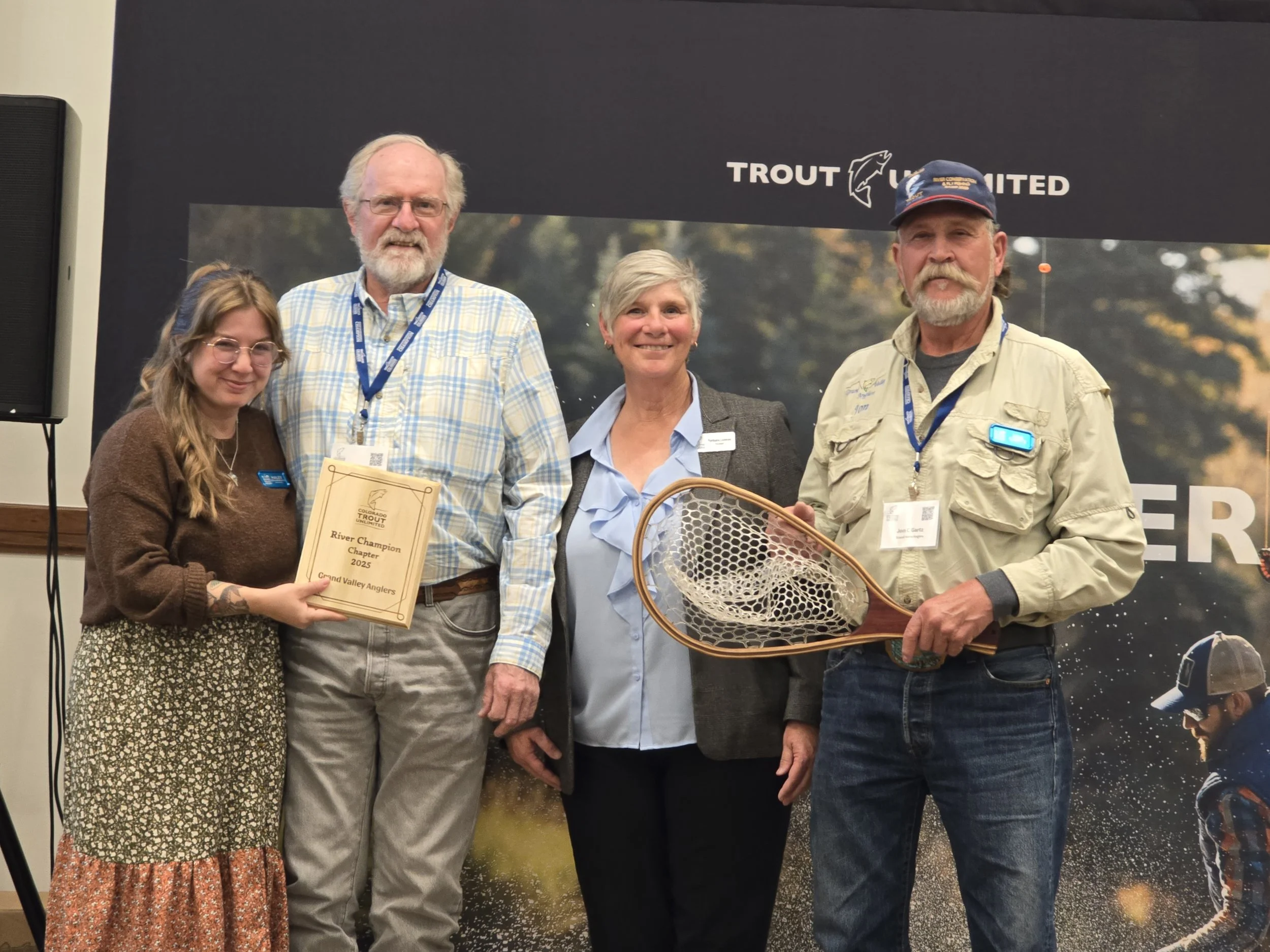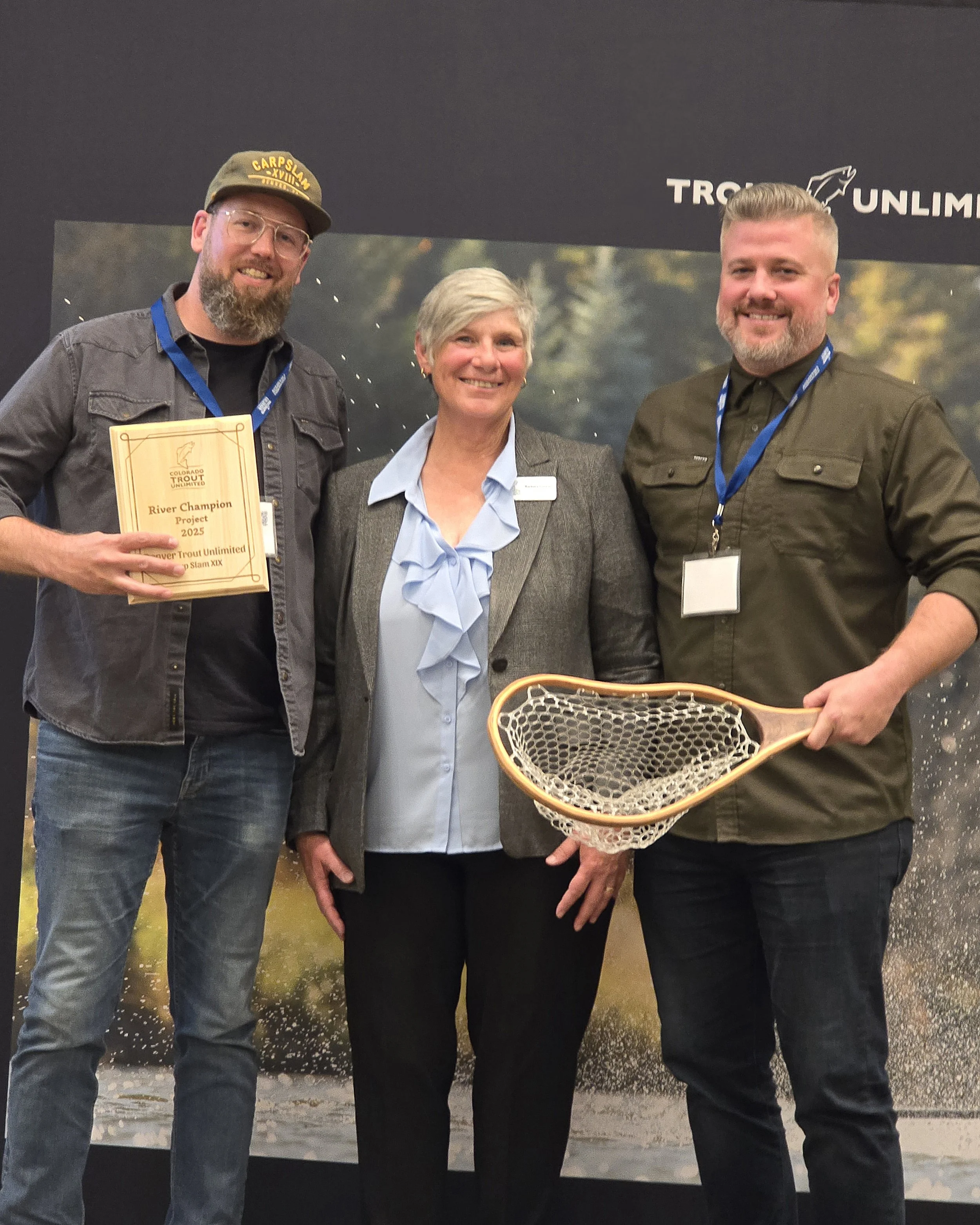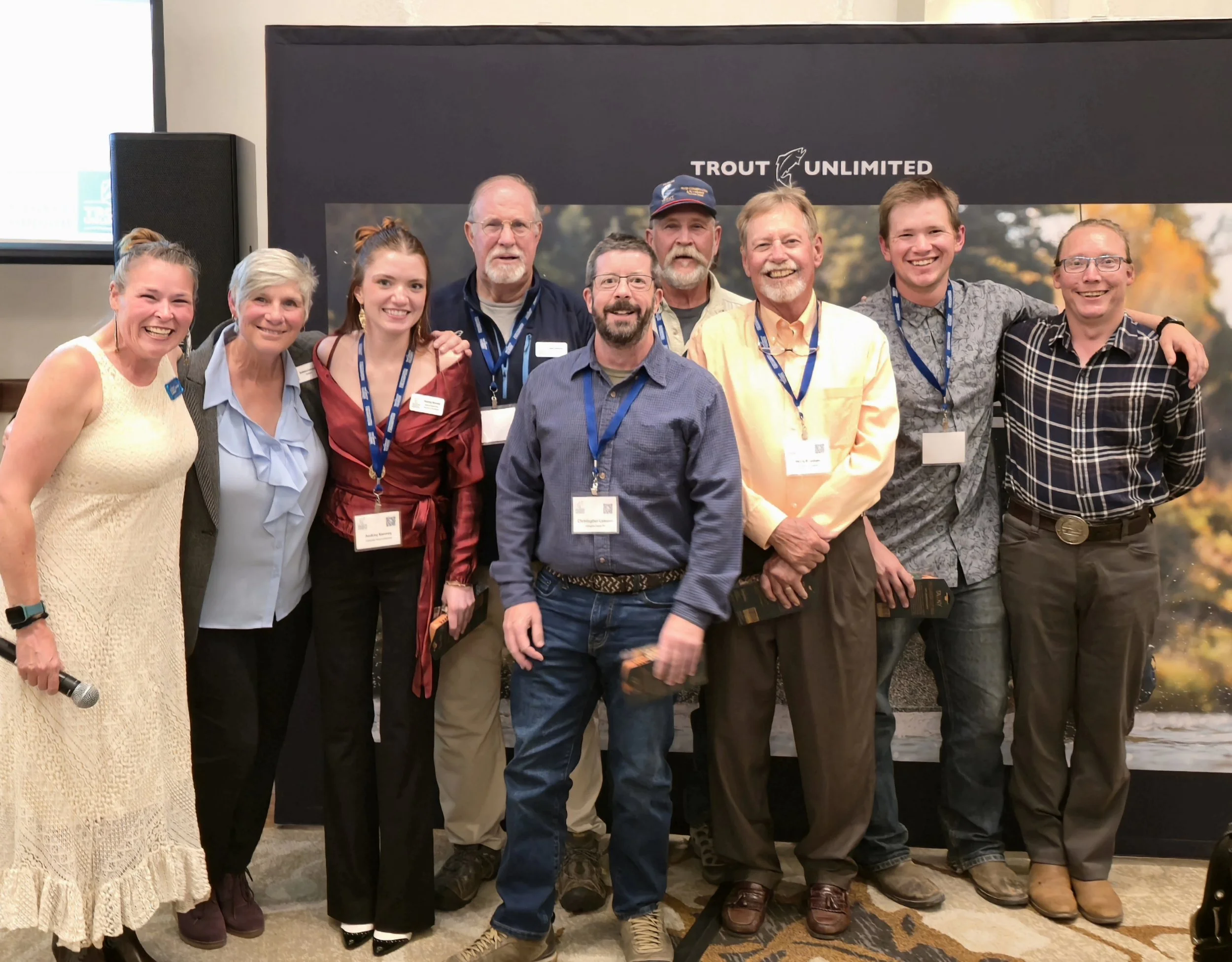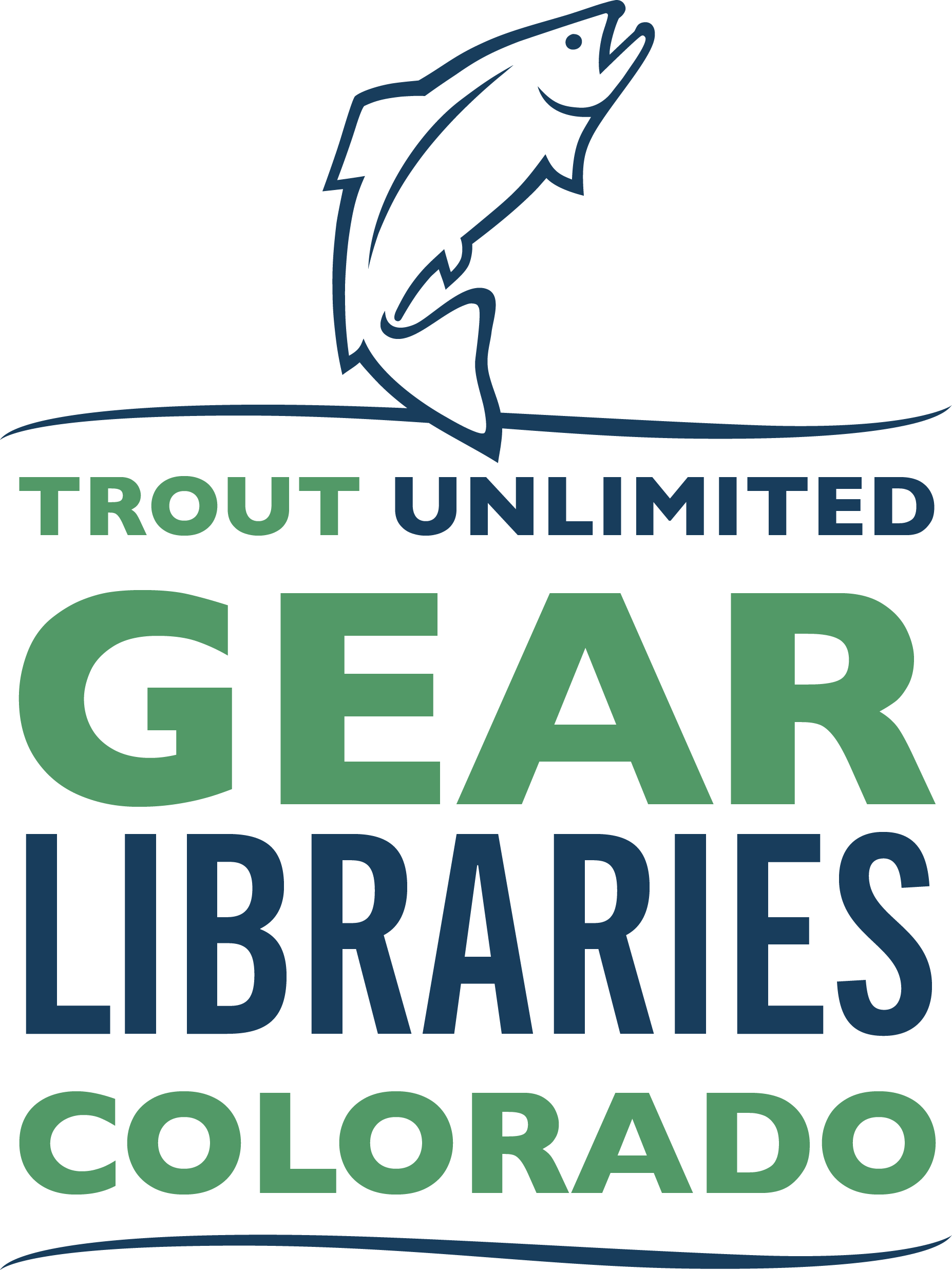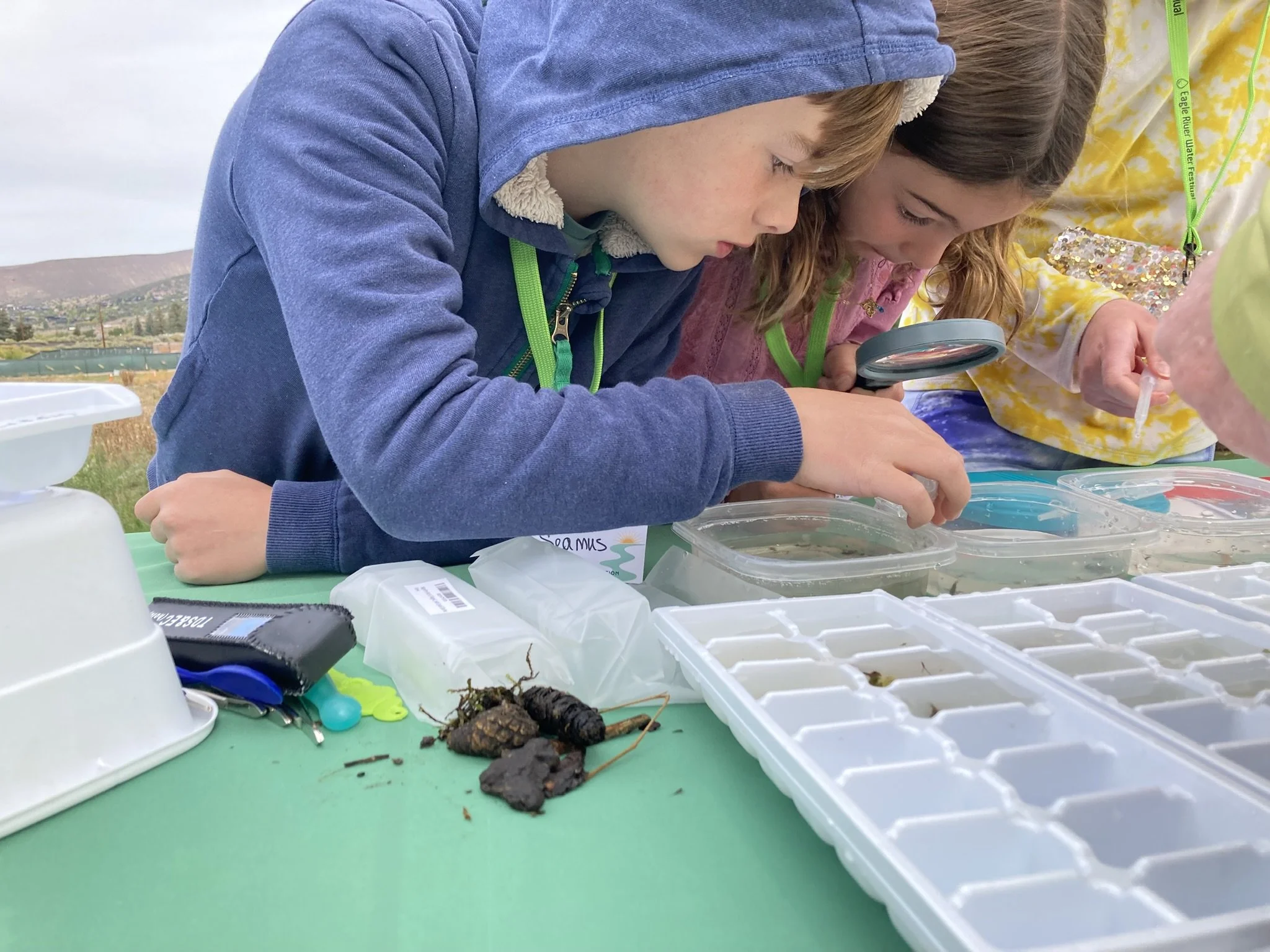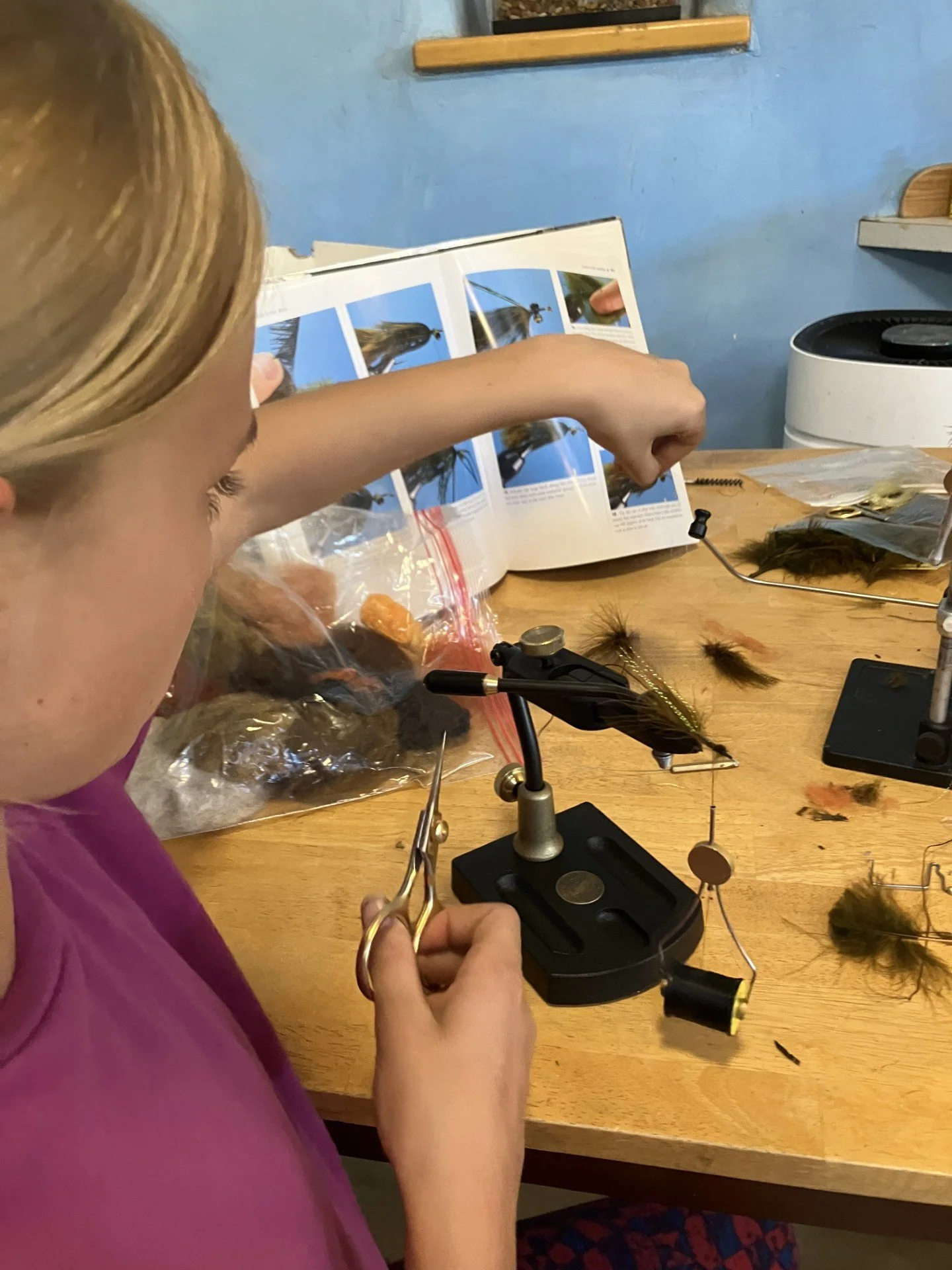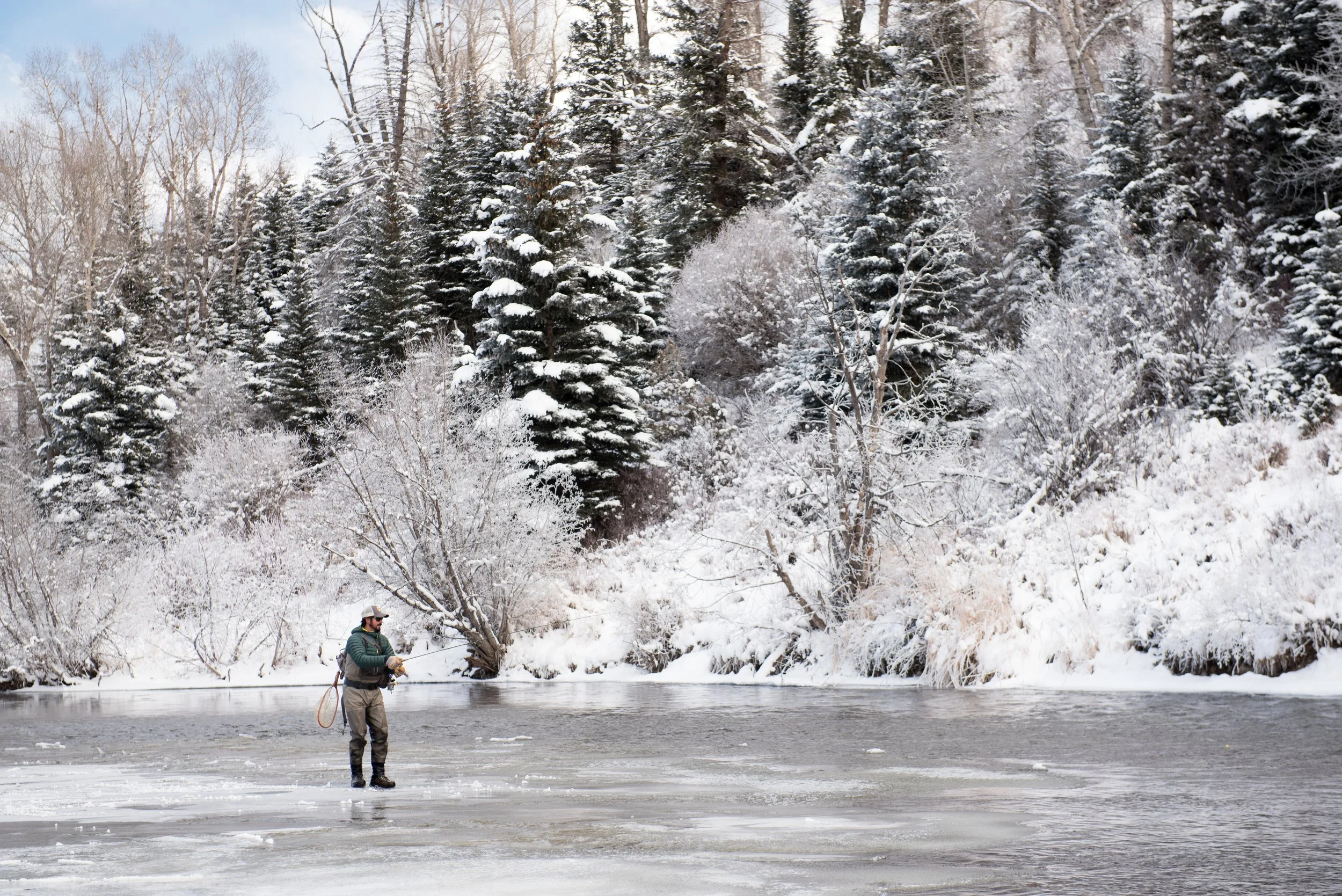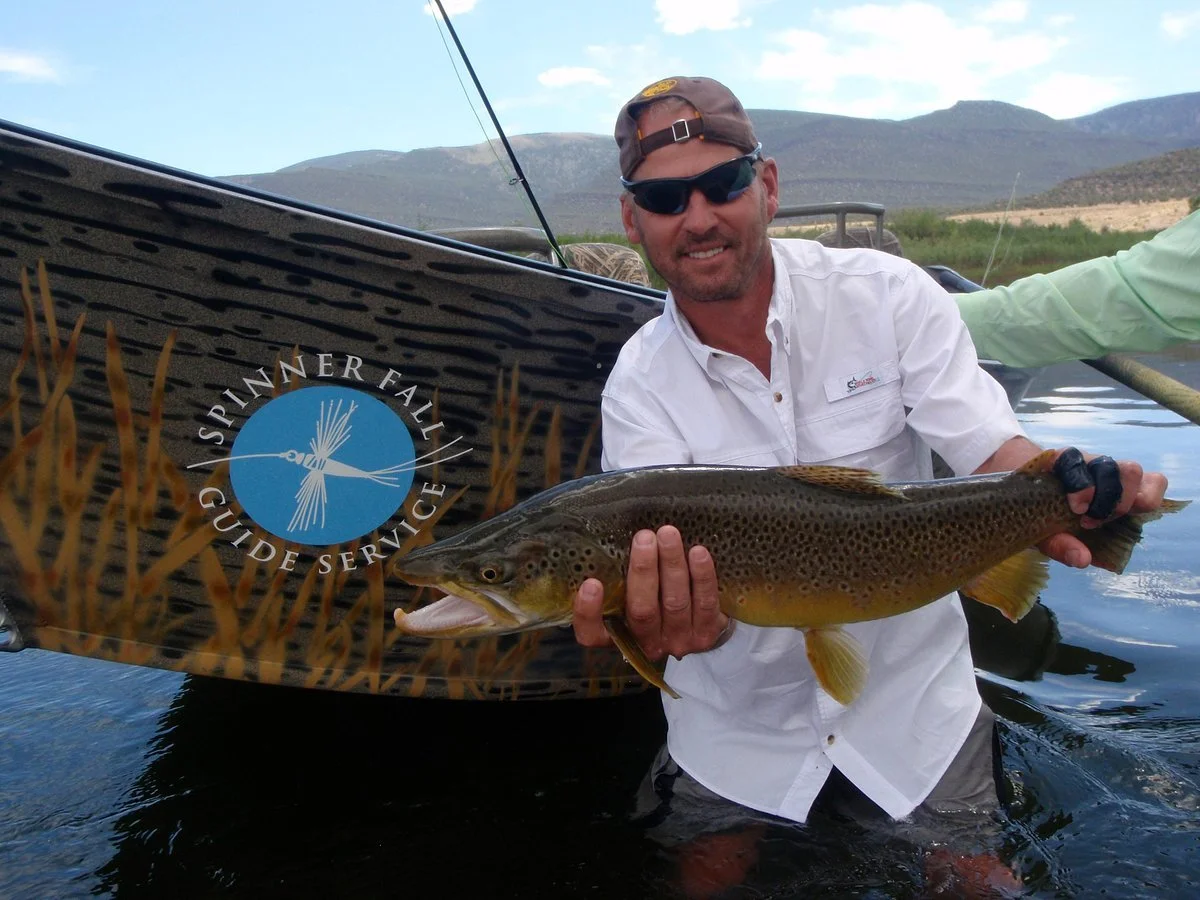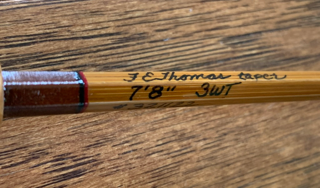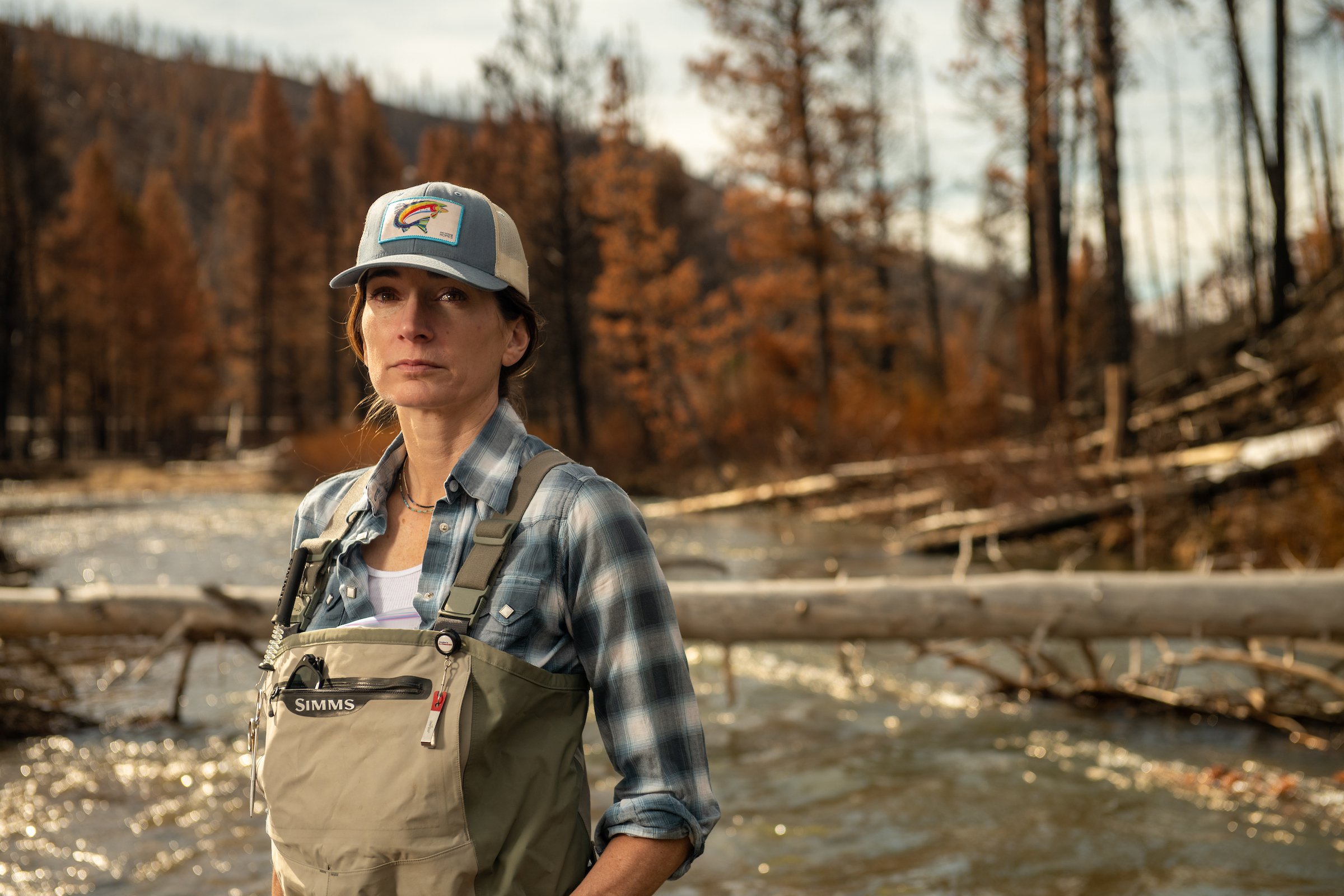Colorado reached a meaningful milestone for the future of the Colorado River this week. On November 19, the Colorado Water Conservation Board voted to advance the acquisition of the Shoshone water rights tied to the century-old Shoshone Power Plant near Glenwood Canyon. This vote moves the project into the next phase, including review in water court, and brings Colorado closer to securing these historic rights for long-term instream flow protection.
For generations, the Shoshone call has been one of the most influential elements shaping flows on the Colorado River. The two decreed rights, one dating to 1905 and the other to 1940, help maintain year-round water in the river. These flows support coldwater habitat, community water supplies, working lands, recreation, and healthy riparian ecosystems.
Protecting this call into the future has been a shared goal across the West Slope for many years. Wednesday’s vote represents significant progress toward that vision and reflects the work of many partners, agencies, and community members who care deeply about the river.
A Moment Years in the Making
Interest in permanently securing the Shoshone rights grew as the power plant aged and questions arose about long-term operations. By transitioning the rights into Colorado’s Instream Flow Program, the state aims to preserve the existing pattern of flows that benefit both people and the environment.
More than one hundred community members, water leaders, and conservation partners participated in the meeting that led to the unanimous vote. The level of engagement reflects both the history of these rights and the shared understanding of how important the Colorado River is to Colorado’s identity, economy, and way of life.
This decision follows months of collaboration between the Colorado River District, the CWCB, and water providers across the state. It also builds on years of leadership from local governments, agricultural communities, the conservation community, and Colorado residents who recognized the rare opportunity presented by these senior rights.
Next Steps in the Process
The Board’s vote allows the state to begin preparing its water court filing, which will request approval to formally change the rights to include instream flow use. This step ensures the change is completed in a way that honors Colorado water law and protects existing decreed water rights.
The acquisition is supported by a broad coalition of partners and significant financial commitments. Colorado’s State Projects Bill included a $20 million contribution earlier this year, and the Colorado River District continues to lead regional fundraising and partnership work toward the overall $99 million purchase agreement with Xcel Energy.
















